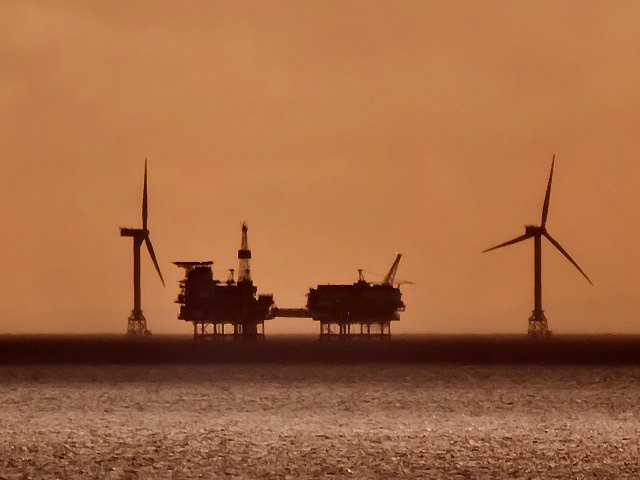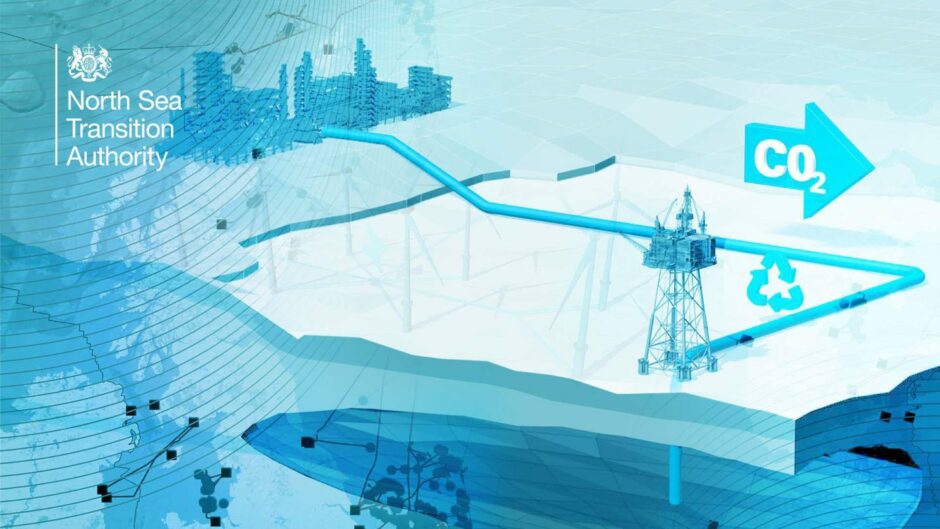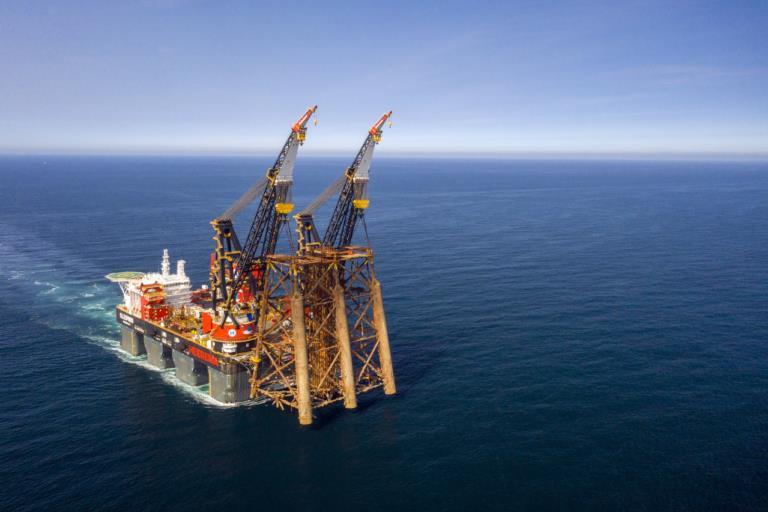
As much as £220 billion could be spent on North Sea oil and gas, offshore wind, CCS and hydrogen projects before the end of the decade.
Stuart Payne, chief executive of the North Sea Transition Authority (NSTA), set out the size of the prize at the start of International Energy Week in London on Tuesday.
He also used his speech to call on industry to “get on with delivery, demonstrate progress and get real projects scaled up and running”.
There were warnings of an “arms race to attract that capital”, with particular focus given to the need for the sector to “work together” across borders to share learnings.
“The organisation I lead, the NSTA, is stepping up to do all we can help the UK seize this great opportunity,” Mr Payne told the event.
“In a busy and often complex landscape, I have set my team the challenge to stay focused on delivering three things: Secure energy supplies for the UK; Rapid decarbonisation of that supply; Acceleration of the transition to net zero.”
‘Cor ingredients’ in the North Sea
According to Mr Payne, the North Sea has the “core ingredients to be a successful transition case study”.
That includes bountiful offshore wind resources, six billion of barrels of oil and gas to be produced, and a “huge network of pipelines and infrastructure”.
It also has up to 78GT of carbon storage potential, enough to bag all the CO2 emitted in the UK since the industrial revolution.
For its part, Mr Payne says the NSTA is working with operators to “steward 26 current projects through their maturation”.
Last year it launched the 33rd offshore licensing round, the results of which are expected to be released in the coming months.
Cautioned against rapid oil and gas decline
Mr Payne also warned against prematurely “turning off the taps”, highlighting that “these are all projects we need to help the country get as much energy as possible form our own resources”.
He added: “We also regulate the sector to ensure that energy is produced as cleanly as possible. Decarbonising production is essential and the North Sea Transition Deal provides a strong focus to the sector.
This morning our chief executive Stuart Payne spoke at #IEWeek about the big potential for the North Sea to be at the forefront of the global energy transition pic.twitter.com/L56wAQw0ei
— North Sea Transition Authority (@NSTAuthority) February 28, 2023
“There has been good early progress with emissions down 20% since 2018 including a 41% drop in flaring and venting, which in 2021 was equivalent to the gas needed to heat 130,000 homes.
“We benchmark and monitor the sector’s progress, facilitating the sharing of good practice and highlighting those who are lagging behind. We want to see industry go further and faster and surpass the targets in the deal.
“Platform electrification will be key to success and we are working very closely with industry and other parts of the regulatory ecosystem to get key electrification projects into FEED this year.”
Decom progress
On the decommissioning front, the NSTA has been “working hard with industry” to make cost improvements.
In recent years the estimated total cost of safely removing and disposing of North Sea infrastructure has fallen from around £59bn to around £37bn.
That is a “massive projected saving for industry and the taxpayer, and we’ve identified the potential for billions of pounds of savings that could be realised through reuse and repurposing of offshore facilities,” Mr Payne said.
He added: “It is not just the skillset of the current workforce we need for the transition but those of the future workforce too. We need the next generation to see the North Sea as a viable place for a career.
“Because the key to a successful transition is not just about molecules and electrons but growth for the country and opportunity for individuals – it’s about the people as much as the pipelines.”
Recommended for you


 © Supplied by NSTA
© Supplied by NSTA © Supplied by NSTA
© Supplied by NSTA © Supplied by Heerema Marine Contr
© Supplied by Heerema Marine Contr